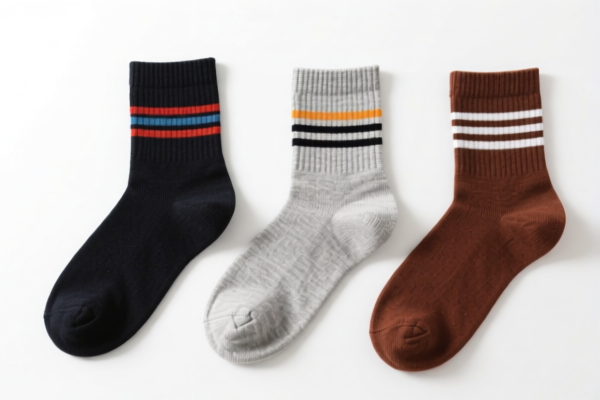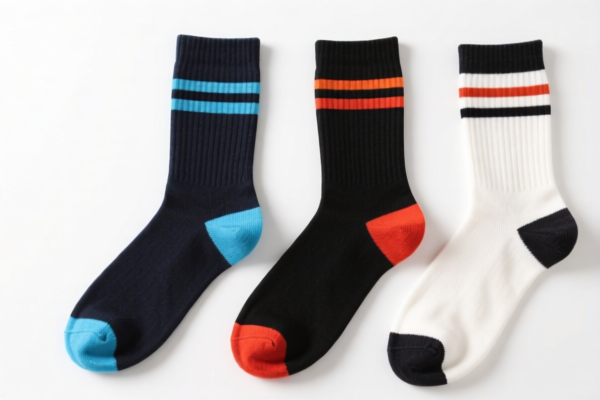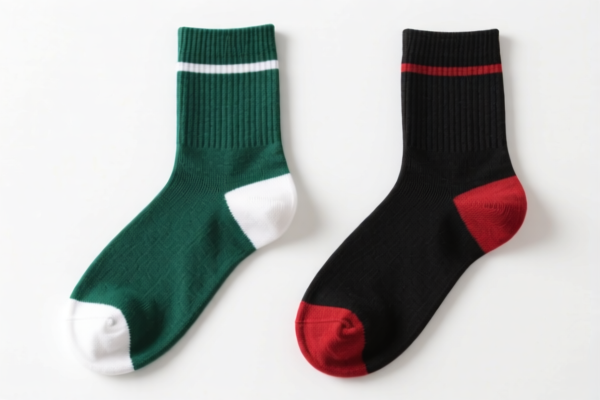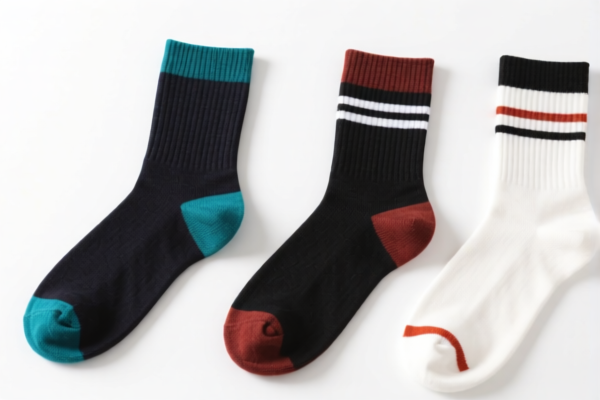| HS Code | Official Doc | Tariff Rate | Origin | Destination | Effective Date |
|---|---|---|---|---|---|
| 6115940000 | Doc | 48.8% | CN | US | 2025-05-12 |
| 6115956000 | Doc | 47.5% | CN | US | 2025-05-12 |
| 5804101000 | Doc | 61.0% | CN | US | 2025-05-12 |
| 5804109090 | Doc | 55.0% | CN | US | 2025-05-12 |
| 6006909000 | Doc | 55.0% | CN | US | 2025-05-12 |
| 6006901000 | Doc | 62.0% | CN | US | 2025-05-12 |
| 6001102000 | Doc | 72.2% | CN | US | 2025-05-12 |
| 6001106000 | Doc | 64.0% | CN | US | 2025-05-12 |
| 6002904000 | Doc | 63.8% | CN | US | 2025-05-12 |
| 6002908080 | Doc | 63.0% | CN | US | 2025-05-12 |
| 6003909000 | Doc | 61.6% | CN | US | 2025-05-12 |
| 6003901000 | Doc | 69.1% | CN | US | 2025-05-12 |
| 6004909000 | Doc | 62.0% | CN | US | 2025-05-12 |
| 6004100085 | Doc | 67.3% | CN | US | 2025-05-12 |
| 6005909000 | Doc | 65.0% | CN | US | 2025-05-12 |
| 6217909075 | Doc | 52.1% | CN | US | 2025-05-12 |
| 6217909095 | Doc | 52.1% | CN | US | 2025-05-12 |
| 6213902000 | Doc | 42.8% | CN | US | 2025-05-12 |
| 6213901000 | Doc | 40.8% | CN | US | 2025-05-12 |




Women's Casual Socks
Women's casual socks are a ubiquitous footwear accessory designed for everyday wear, prioritizing comfort and practicality alongside aesthetic considerations.
Material
A diverse range of materials are employed in their construction, impacting properties such as breathability, durability, and cost. Common materials include:
- Cotton: A widely used natural fiber, known for its softness, absorbency, and affordability. Often blended with other fibers for enhanced performance.
- Polyester: A synthetic fiber offering durability, wrinkle resistance, and moisture-wicking properties. Frequently used in athletic or performance socks.
- Nylon: Another synthetic fiber valued for its strength, elasticity, and resistance to abrasion. Often blended with spandex for stretch.
- Spandex/Elastane: Added in small percentages to provide stretch and a snug fit.
- Wool: A natural fiber offering excellent insulation and moisture-wicking capabilities, ideal for colder weather. Merino wool is a popular choice due to its softness and reduced itchiness.
- Bamboo: A sustainable option known for its softness, breathability, and antibacterial properties.
- Modal: A type of rayon made from beech tree pulp, offering exceptional softness and drape.
Purpose & Function
The primary functions of women's casual socks are:
- Comfort: Providing a cushioning layer between the foot and shoe, reducing friction and preventing blisters.
- Moisture Management: Absorbing or wicking away sweat to keep feet dry and comfortable.
- Temperature Regulation: Providing insulation in cold weather and breathability in warm weather.
- Hygiene: Protecting feet from odor and bacteria.
- Shoe Fit: Improving shoe fit and preventing slippage.
Usage Scenarios
Casual socks are versatile and appropriate for a broad range of activities:
- Everyday Wear: Suitable for daily use with sneakers, loafers, flats, or boots.
- Light Exercise: Appropriate for walking, light jogging, or gym workouts.
- Loungewear: Providing comfort when relaxing at home.
- Work/Office: Worn with professional footwear where appropriate.
Common Types
- Ankle Socks: Cover the ankle, offering minimal coverage. Often used with sneakers or low-cut shoes.
- Low-Cut Socks (No-Show Socks): Designed to be hidden within shoes, providing a barely-there appearance.
- Crew Socks: Reach mid-calf, offering moderate coverage and warmth.
- Quarter Socks: Slightly higher than ankle socks, providing more coverage around the ankle.
- Knee-High Socks: Reach below the knee, offering significant coverage and warmth. Often worn for fashion or with boots.
- Patterned/Fashion Socks: Available in a wide array of colors, patterns, and designs for aesthetic purposes.
- Compression Socks: Designed to improve blood circulation, often used for athletic recovery or medical purposes (though casual versions exist with lower compression levels).
- Diabetic Socks: Specifically designed for individuals with diabetes, featuring seamless construction and moisture-wicking materials to prevent foot problems.
Women's casual socks fall under various classifications depending on material and construction. Here's a breakdown of relevant HS codes based on the provided information:
- 6115.94.00.00: This HS code covers panty hose, tights, stockings, socks and other hosiery, including graduated compression hosiery (for example, stockings for varicose veins) and footwear without applied soles, knitted or crocheted: Other: Of wool or fine animal hair. This could apply if the socks are made primarily of wool or fine animal hair. The total tax rate is 48.8%.
- 6115.95.60.00: This HS code also covers panty hose, tights, stockings, socks and other hosiery, including graduated compression hosiery (for example, stockings for varicose veins) and footwear without applied soles, knitted or crocheted: Other: Of cotton: Containing lace or net. If the socks are made of cotton and feature lace or net detailing, this code is applicable. The total tax rate is 47.5%.
- 6115.94.00.00: This HS code covers panty hose, tights, stockings, socks and other hosiery, including graduated compression hosiery (for example, stockings for varicose veins) and footwear without applied soles, knitted or crocheted: Other: Of man-made fibers. If the socks are made of man-made fibers, this code is applicable. The total tax rate is 48.8%.
- 6217.90.90.75: This HS code covers Other made up clothing accessories; parts of garments or of clothing accessories, other than those of heading 6212: Parts: Other Other: Of cotton. If the socks are considered clothing accessories and are made of cotton, this code may be relevant. The total tax rate is 52.1%.
- 6217.90.90.95: This HS code covers Other made up clothing accessories; parts of garments or of clothing accessories, other than those of heading 6212: Parts: Other Other: Other. If the socks are considered clothing accessories and are not specifically of cotton, this code may be relevant. The total tax rate is 52.1%.
Important Note: The classification between 6115 and 6217 depends on whether the socks are considered "hosiery" (6115) or "clothing accessories" (6217).
Regarding HS codes 6217.90.90.75 and 6217.90.90.95, please note that the material composition is a key factor in determining the correct classification.
Customer Reviews
No reviews yet.